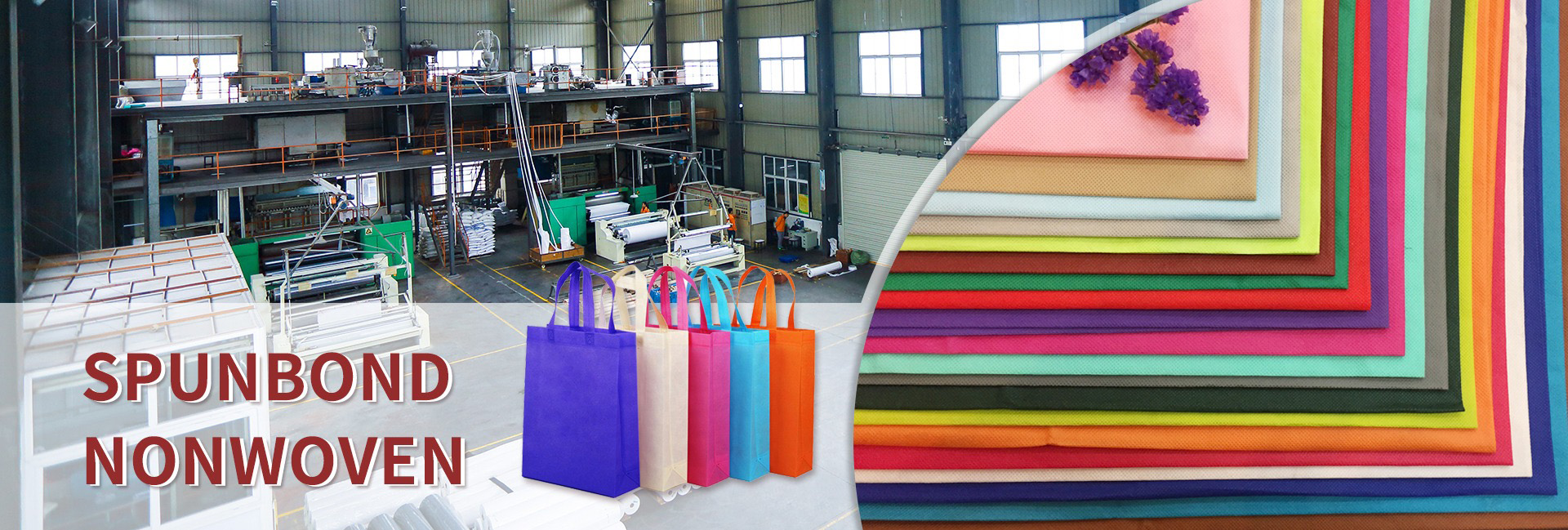Geotextile itself cannot directly and significantly improve the bearing capacity of the foundation. Its main function is to improve the working conditions of the foundation, thereby indirectly and limitedly improving the overall performance or stability of the foundation. Sometimes under certain conditions, it can be understood as indirectly improving the “effective bearing capacity”. The following is a detailed explanation:
The core functions of geotextile (isolation, filtration, drainage)
Isolation: Prevent different soil layers (such as soft foundation soil and the upper gravel layer) from mixing with each other. This maintains the integrity (thickness, particle size distribution) and design functions (such as drainage layer) of the filling material, enabling it to better distribute the load. Without isolation, the soft foundation soil will be mixed into the gravel layer, weakening its bearing and drainage capacity.
Filtration: Allow water to pass smoothly through the geotextile (parallel to the direction of the cloth surface) while preventing the fine particles of the foundation from being carried away by the water flow. This protects the stability of the foundation soil and prevents the loss of foundation soil and the decrease of bearing capacity due to pipe burst or erosion.
Drainage: Certain types of geotextiles (geotextile non-woven fabrics) have a certain in-plane water conduction capacity, which can accelerate the dissipation of excess pore water pressure in the foundation (especially when filling quickly on soft foundations) and promote the consolidation of the foundation soil. As the foundation soil consolidates, its strength and bearing capacity will gradually increase.
How geotextiles “indirectly” affect bearing capacity/foundation performance
Maintaining the designed profile: Through isolation, ensure that the thickness and performance of the gravel layer designed to carry and spread the load are not reduced by the intrusion of foundation soil.
Preventing the loss of fine particles: Through filtering, the original structure and strength of the foundation soil are maintained, and the bearing capacity is avoided. Sudden or continuous decrease in soil loss.
Accelerating consolidation: Through drainage, the consolidation process of soft foundations is accelerated, and the strength of the foundation soil increases over time, thereby improving its long-term bearing capacity.
Improving stress distribution: Laying geotextiles provides an interface with a certain stiffness and continuity, which helps to more evenly distribute the stress generated by the overlying load, reduce local stress concentrations and uneven settlement. Although this does not directly increase the maximum bearing capacity of the original foundation soil, it can improve the overall deformation behavior of the foundation, making it “harder” and more evenly settled, allowing higher loads to be applied without causing harmful settlement.
Differences between geotextiles and geogrids (key points)
Geotextiles (especially non-woven fabrics): have relatively low tensile strength (compared to grids), and their main functions are isolation, filtration, and drainage. It mainly bears pressure (caused by overlying fillers) and provides water channels.
Geogrids (or reinforced materials such as geocells): are specially designed to improve bearing capacity and stability. They have high tensile strength and modulus, and directly participate in the force through reinforcement (Tensile Reinforcement):
When laid in the foundation or between the foundation and the filler, the grid can withstand tension and constrain the lateral deformation of the weak soil below (similar to the tensile membrane effect).
Part of the shear stress generated by the overlying load is converted into the tensile stress of the grid, thereby more effectively spreading the load and reducing the vertical pressure acting on the underlying soft soil layer.
This reinforcement is the main mechanism for directly improving the bearing capacity of the foundation.
Conclusion
For the specific goal of improving the bearing capacity of the foundation, geogrids (or reinforcing materials such as geocells and geobelts) are a more direct and effective choice.The main role of geotextiles is to protect the foundation soil, maintain the design structure, and improve drainage and stress distribution conditions. Through these roles, it can:
Prevent the bearing capacity of the foundation from being reduced due to isolation failure or piping.
Accelerate the consolidation of soft foundations so that their long-term bearing capacity can be increased.
Improve the overall deformation performance (settlement, differential settlement) of the foundation, thereby allowing higher loads or reducing settlement hazards in an engineering sense.
Therefore, it can be said that geotextiles play a key role in maintaining and optimizing the working state of the foundation, and sometimes under certain conditions (such as preventing bearing capacity loss or accelerating consolidation) can be regarded as indirectly and limitedly improving the effective bearing capacity or bearing performance of the foundation, but it itself does not provide a direct and significant bearing capacity improvement like reinforcement materials.
In actual projects, geotextiles and geogrids are often used in combination, each playing its own advantages to improve the overall performance of the foundation. When designing, it is necessary to select the appropriate material or combination according to the specific foundation conditions, load requirements and project goals. If you are planning a specific project, it is best to consult a geotechnical engineer for professional design.
Dongguan Liansheng Non woven Technology Co., Ltd. was established in May 2020. It is a large-scale non-woven fabric production enterprise integrating research and development, production, and sales. It can produce various colors of PP spunbond non-woven fabrics with a width of less than 3.2 meters from 9 grams to 300 grams.
Post time: Jul-13-2025

